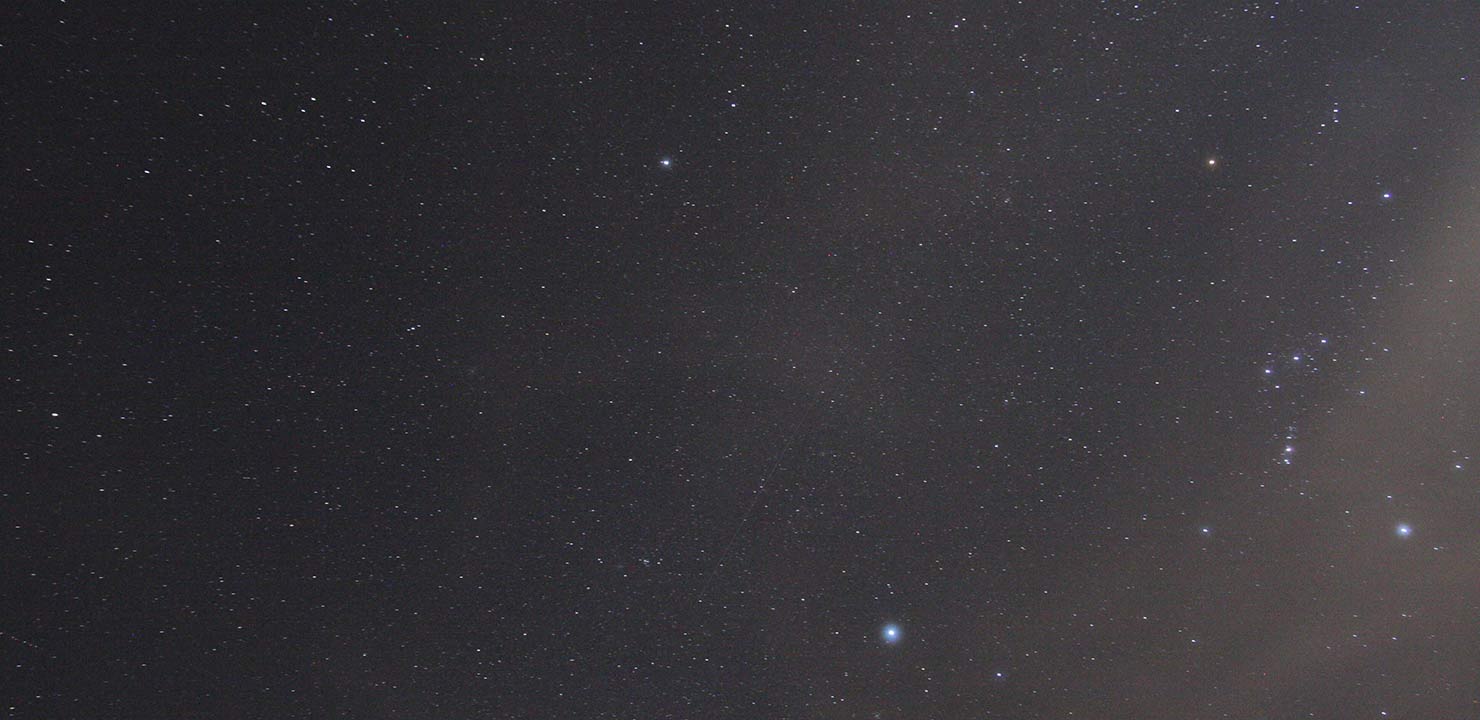Skip navigation
- The brightness of any celestial object is called its magnitude. The basic idea is that the more negative the magnitude, the brighter the object. The more positive the magnitude, the dimmer the object is. So the Sun is -26.74, the Full Moon -12.92, Venus -4.89, Saturn approximately 0, well known Polaris (the North Star) is magnitude +2, and the naked-eye limit with no light pollution is magnitude +6. Pluto is about +13.65. (Usually the plus sign (+) is assumed and not used, but I do so for clarity.)
- A star’s distance is measured in light years. One light year is equal to just less than six trillion miles.
- A star’s spectral classification is defined using the following letters: O, B, A, F, G, K, or M, and often followed by additional numbers and letters to further refine the classification. “O” stars are the hottest while “M” stars are the coolest.




